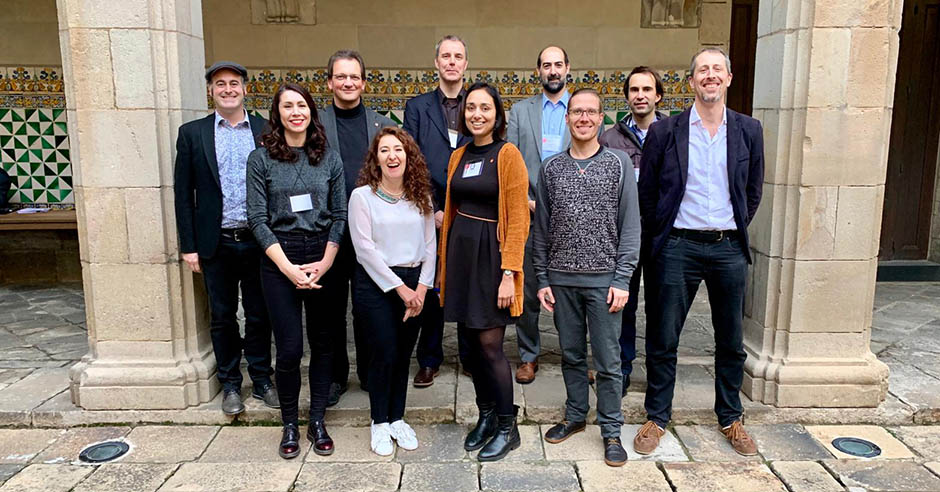Dr Zeila Zanolli of the ICN2 Theory and Simulation Group was elected member of the board (as treasurer) of the Young Academy of Europe at the 2018 Annual General Assembly, held this year in Barcelona on 28 and 29 November.

The Young Academy of Europe (YAE) is an association of top young scientists and scholars with outspoken views about science and science policy. Experts and leaders in their respective fields as recognised by their peers, their mission is to provide a platform to represent the views of younger researchers at the European level, and to empower and support these researchers in thinking strategically about the future of their discipline.
Having become a member in 2017, Dr Zeila Zanolli, a Ramon y Cajal fellow of the ICN2 Theory and Simulation Group, has now been elected member of the academy’s executive board.
Before joining the ICN2, Dr Zeila Zanolli led the Theoretical Nanospintronics Group at RWTH Aachen, funded by the German Research Council. Before that, she was Marie Curie Intra-European Fellow at Forschungszentrum Jülich (2012-2015, Germany). As well as a member of the YAE, she is a member of the steering committee member of the European Theoretical Spectroscopy Facility, member of the executive board of the Materials design at the Exascale (MaX) Center of Excellence, and an expert evaluator for the H2020 FET Open programme. Dr Zeila Zanolli is also a member of the Women in Theoretical/Computational Chemistry, Materials Science and Biochemistry group, a directory of female scientists funded by the US National Science Foundation.
Her research looks at first-principles (ab initio) modeling of nanoscale materials, with a special focus on applications in nanoelectronics, spintronics and energy materials. She is a core developer of the SIESTA package for advanced simulation of electronic transport at the nanoscale, a code pioneered by ICN2 Director Prof. Pablo Ordejón. In 2016 this code was hailed by the Journal of Physics as one of the most important breakthroughs in physics. Since then, Dr Zeila Zanolli has consolidated its relevance, being awarded one of the first MaX prizes for an innovative approach to interface physics in graphene that combined the use of SIESTA with fellow flagship code, FLEUR, developed at Forschungzentrum Jülich.

